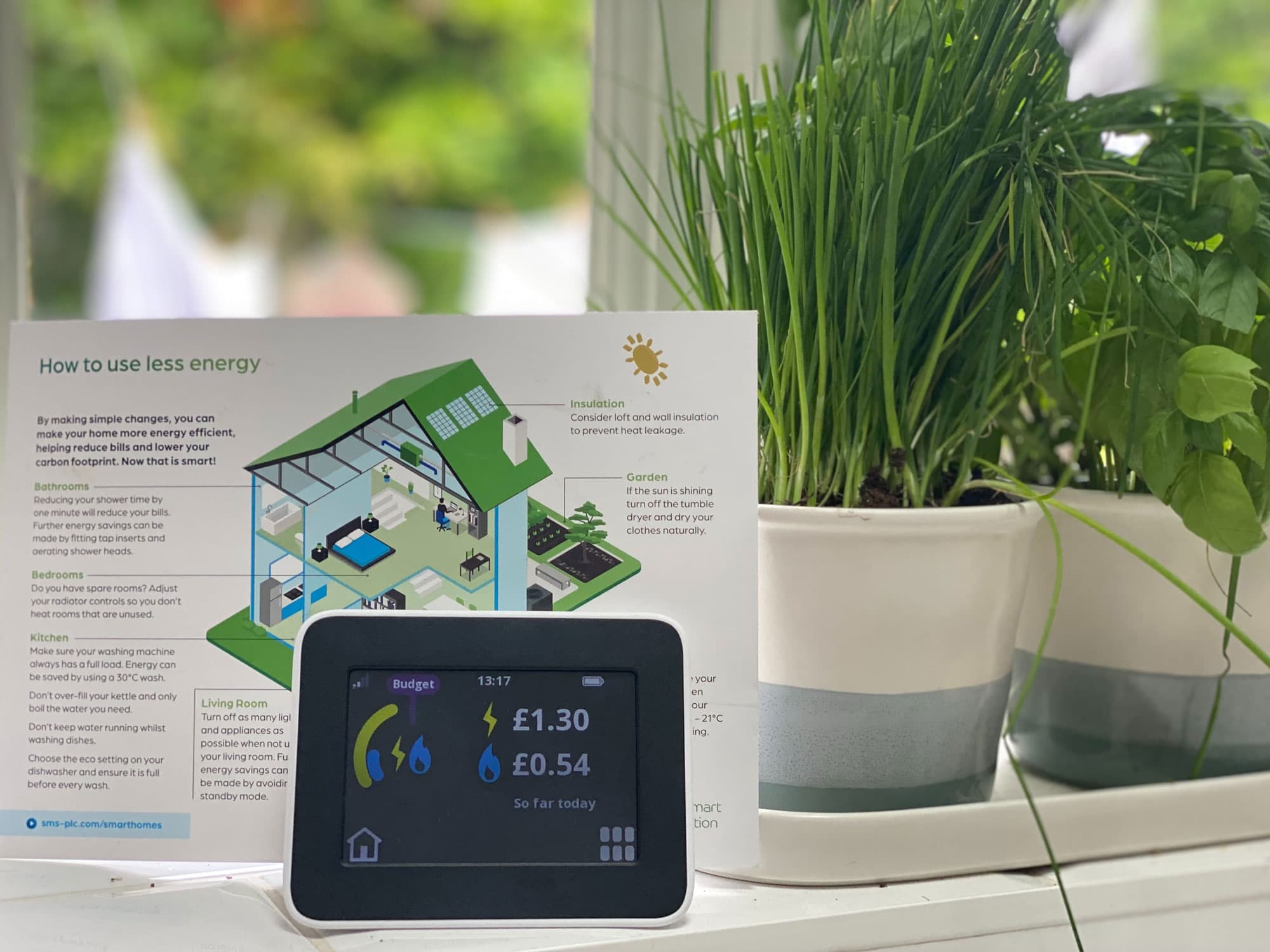
Last year the Government announced its Green Home’s Grant Scheme on 8th July 2022. The government will issue UK homeowners up to £5,000 worth of vouchers to provide energy efficient home solutions.
The scheme is part of a £3 billion green jobs package, hoping to create 100,000 green jobs to kickstart the road to recovery of the economy following months of lockdown. The Treasury aims for around 650,000 homes to be upgraded, saving families up to £300 a year in utilities and bringing the UK closer to its 2050 target of achieving net-zero carbon emissions.
Landlords and homeowners have been able to apply for the vouchers from September 2022, covering up to two-thirds of the cost per household, to help fund energy-saving upgrades, such as insulation or double-glazing. Low-income households may benefit from up to £10,000 of government vouchers to support improvement works.
Which energy efficient home solutions are covered by the grant?
A comprehensive list of what the Green Homes Grant has not yet been posted. However, below are the confirmed home improvements that the scheme will cover:
- Wall insulation
- Roof insulation
- Double glazing on windows and doors
What other things can I do to make my home more energy efficient?
Many of us want to do more to utilise clean energy at home, but many homeowners do not realise just how easy and varied it is to power your home with green electricity. You might be surprised at all the different ways to reduce your reliance on the grid and invest in green sources.
Here are five ways that you can power your home using clean energy options:
Choose a green energy provider
Firstly, switching to a green energy provider is the most straightforward and least invasive option for powering your home with clean energy. The UK has many fantastic green electricity providers, so switching from your traditional supplier is easy. Doing so sends a message to the major energy companies that they need to work on their way of doing business. Use comparison sites such as Simply Switch, which identifies the most environmentally friendly and cheapest providers.
Solar panels
You may want to do more than just change suppliers. If you have a suitable property, you may wish to install energy-generating hardware that can help to reduce your energy bills but also to ensure you have more control over the energy you use.
Perhaps the most obvious (and certainly the most popular) choice of renewable energy technology is adding solar PV panels to your roof. Solar PV modules convert sunlight into electricity that can be immediately used to power your home.
Wind power
Not all homes are ideal for solar panels. You may not have a roof space, or you might not want aesthetic changes to your property. So, another option is small wind turbines that draw electricity from wind movement.
However, there are more likely to be issued with planning permission surrounding this, so make sure to do your research beforehand.
GSHPs
One option often overlooked but extremely valuable for many homeowners is the concept of ground source heat pumps (GSHPs). These pumps benefit homeowners with grounds, as they are buried underground and draw heat from the soil. So, if you have ground space but lack rooftop area or access, GSHPs could be a brilliant possibility.
A large pipe is buried in the ground, and a pump then circulates a mixture of water and antifreeze. This draws heat which can then be used in the home to heat appliances such as underfloor heating or radiators.
Solar water heating
You could consider the possibility of installing a solar water heater, using solar thermal technology to heat your domestic water. It’s a straightforward system to install and can be much smaller and less noticeable than solar panels on your roof. This option is ideal for your home if you plan incremental changes and want to take it slowly.
More people making changes to their homes can have a huge impact on the amount of energy we use. Adding clean energy sources can benefit both the planet and your bank balance.

